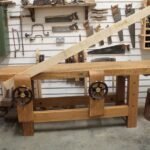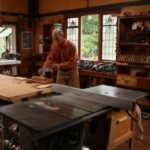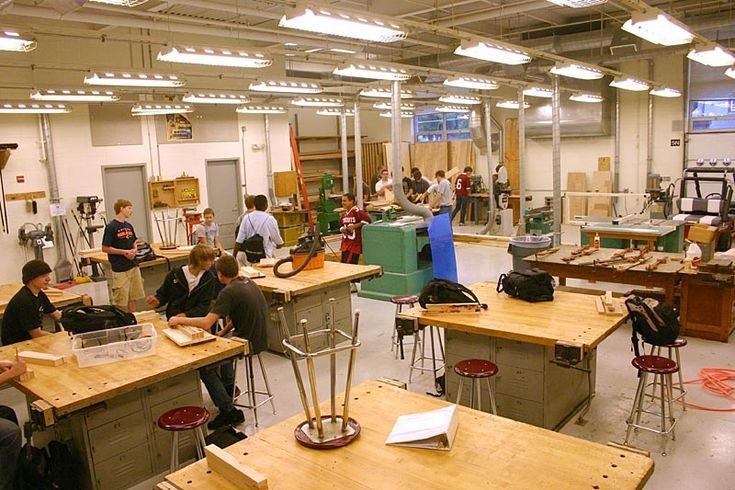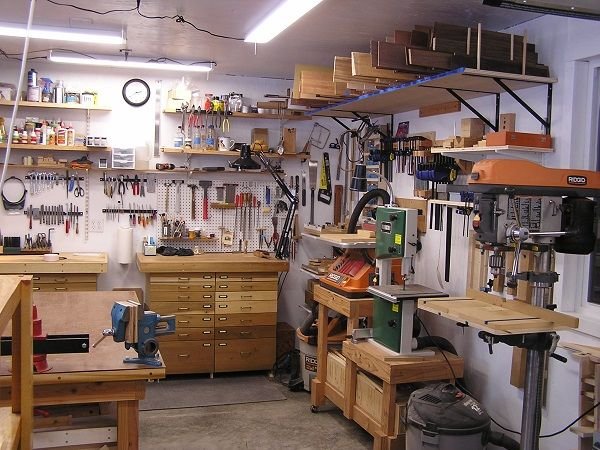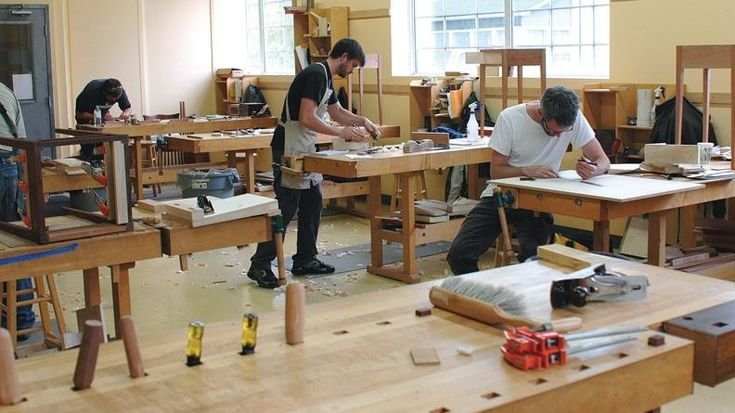A Journey Into Edge Joint Woodworking
So, I was sitting on my porch the other evening, a cup of lukewarm coffee in one hand and a piece of pine in the other, just staring at the grain. You know that feeling when you’re all revved up about starting a project, but then you realize, “Wait, what do I even know about edge jointing?” Yeah, that was me. Let me tell ya, it’s been quite a rollercoaster.
The Idea Flickers
It all started when I decided I wanted to make this rustic coffee table for my living room. Nothing fancy—just a simple slab of wood with those beautiful knots and grains that make your heart skip a beat. I had some leftover 2x6s from last summer when my brother and I built that rickety shed. I thought, “Surely, I can figure this out.” But then I started thinking about how I would join the edges together. Ah, edge jointing! That slick term that sounds like it’s reserved for the pros.
Just like a lot of folks around here, I’ve dabbled in woodworking since I was a kid. My dad would always say, “Every piece of wood has a story.” And I guess somewhere along the way, I thought I could add to that with my own. But edge jointing? I didn’t have a clue. Was it that hard? Well, let’s just say it turned out to be a lesson in humility.
The Tools Tell a Tale
Now, I’ve got a decent toolkit—a table saw, a random orbital sander, and a planer that’s seen better days. But somehow, I always end up in some sort of debate with myself about using the right tools. Do I pull out the table saw for those long cuts? Or should I grab the hand plane for that old-school charm?
As I leaned over that table saw, you could smell the sweet resin of the pine as I pushed it through the blade. It had that delicious scent—you know the one that makes you feel like you’re crafting something worthy? But, man, did I make some rookie mistakes.
First, I was proud of my clean cuts, but when I tried to edge joint those boards together, it was like they were at a middle school dance—totally not in sync with each other. I almost thought I’d have to run out to my local lumberyard and grab some pre-jointed boards. But then I paused and took a deep breath, thinking, “C’mon, you can do this!”
A Meeting of Edges
So, after some trial and error, I finally found my rhythm. Scuffed up floor, sawdust everywhere—I felt like I was in my own little whirlwind. I tried to be precise, mind you. I really did. I got my square out, and you could hear the soft scrunch-crunch of the sandpaper as I worked the edges. But when I went to glue those pieces together, I’d measure once, and then measure again. I swear, it’s like they had a mind of their own.
When I brushed on the Titebond III glue, that stuff smelled like some sort of bizarre cross between fresh-cut wood and the bakery down the street. But, I kid you not, the first time I pressed those edges together and didn’t see light between them, I almost laughed out loud. I thought, “Okay, maybe I’m not a total disaster.”
The Moment of Truth
But then the doubt hit me again, like a fog rolling in off the lake. What if they didn’t hold? I mean, sure, they looked pretty good right then, but how’d they hold up in the long run? I clamped them together, said a little prayer, and went inside to watch a game, just hoping and praying that when I came back, things wouldn’t be in complete shambles.
So, hours later, I walked back out to my garage, heart pounding. I unclamped the boards and—lo and behold—everything stayed nice and tight. I could hardly believe it. The grain looked seamless, and the fact that I did it with my own two hands made it all the better. The feeling of accomplishment was just… indescribable.
Lessons Learned the Hard Way
But here’s the kicker: I realized edge jointing isn’t just about having the right tools or even the right wood, it’s about patience. I mean, I almost gave up when those edges wouldn’t fit together, but I kept at it. The satisfaction of finally making it work? That’s something I’ll carry with me in every project I do going forward, like a badge of honor.
Sure, I scratched my head a lot—who wouldn’t? And I definitely need to read up a bit more when it comes to making those precision cuts. But all those trials, those missteps… they made the end product that much sweeter.
Wrapping It Up
So, if you’re thinking about trying edge jointing, just go for it. Don’t overthink it like I did. Grab some wood, a decent glue, and just get to it. It might not go perfectly at first, and you might have a laugh or a couple of curse words along the way—but that’s the beauty of it. Each piece of wood really does have its story, and maybe, just maybe, you’ll get to add your own twist to it, too. Happy woodworking, friends!



